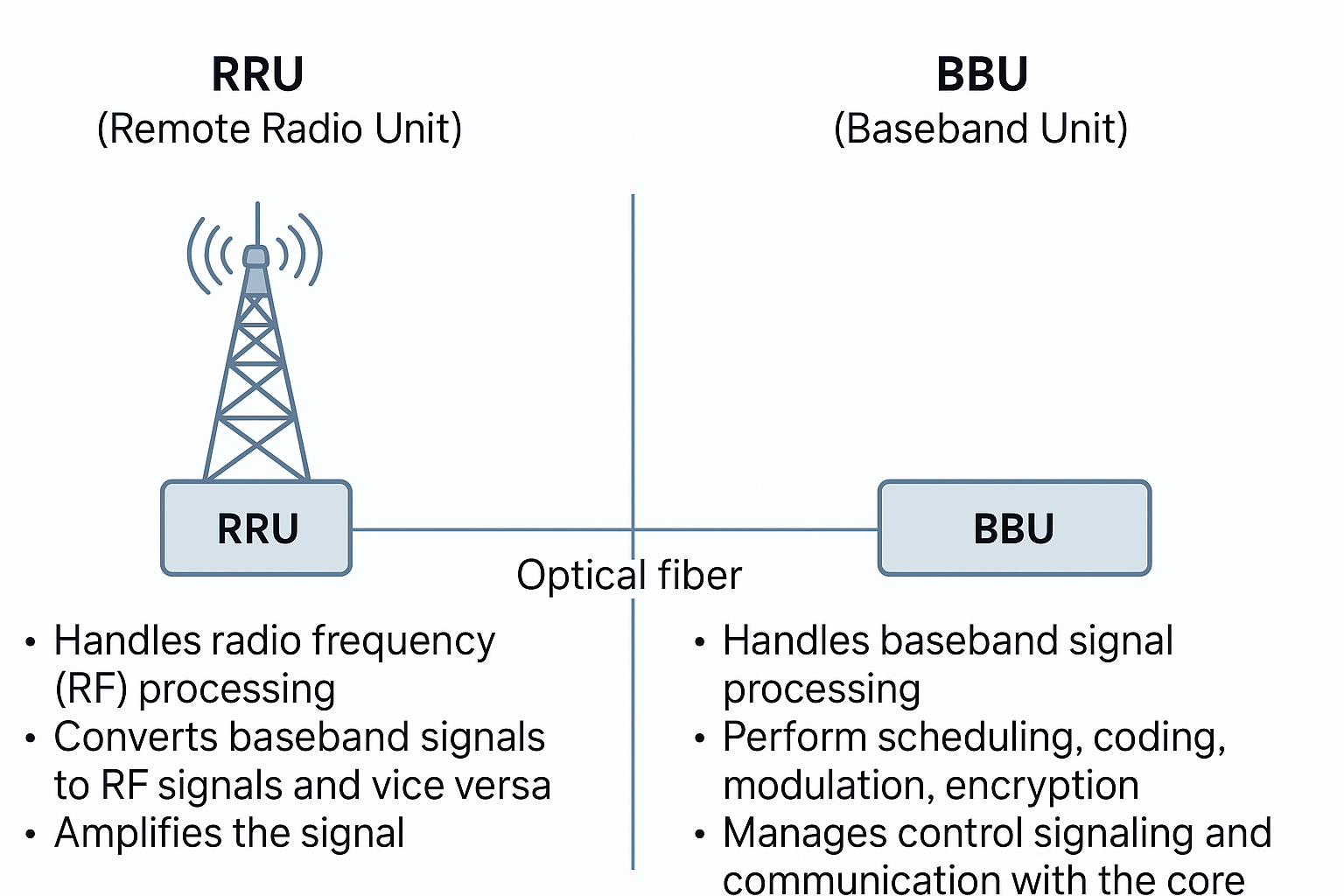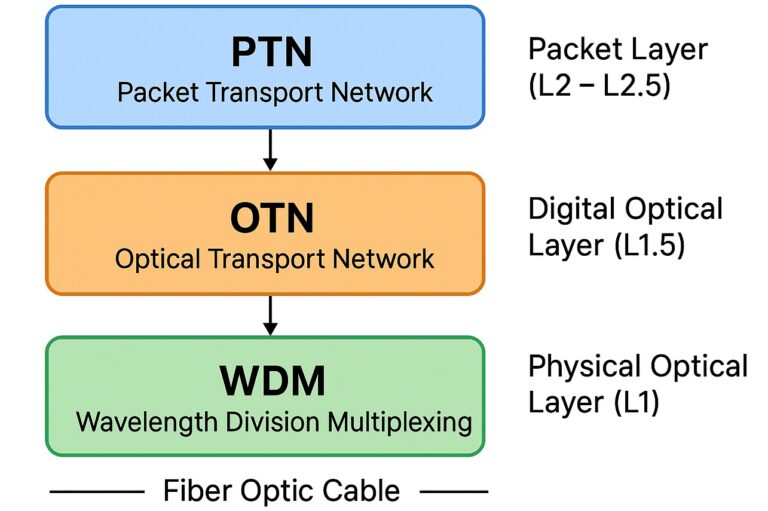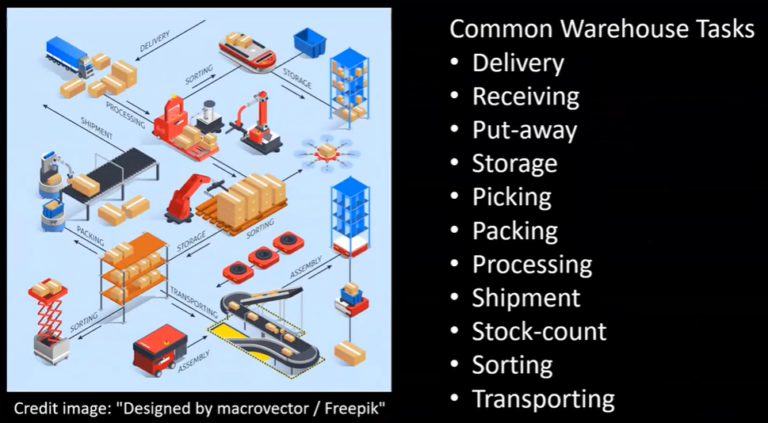RRU and BBU explained

In telecom networks — especially in 4G LTE and 5G — the RRU (Remote Radio Unit) and BBU (Baseband Unit) are two key components of a base station, but they serve very different purposes. Here’s a clear breakdown: 📡 RRU…

In telecom networks — especially in 4G LTE and 5G — the RRU (Remote Radio Unit) and BBU (Baseband Unit) are two key components of a base station, but they serve very different purposes. Here’s a clear breakdown: 📡 RRU…

🧩 Overview Layer Technology Type Core Function Packet Layer (L2–L2.5) PTN Packet-based Efficiently transport and manage packet (Ethernet/IP/MPLS) traffic Digital Optical Layer (L1.5) OTN Digital frame-based Encapsulate client signals (Ethernet, SDH, Fibre Channel, etc.) into standardized optical containers Physical Optical…

🔧 Huawei iMaster MAE (Mobile Automation Engine) Purpose:MAE is designed specifically for mobile networks, such as 5G RAN (Radio Access Network) and core networks. Key Functions: Use Case:Mobile network operators use MAE to enable autonomous mobile network operations — like…

🧠 BBU (Baseband Unit) Function:The BBU handles the digital processing part of the base station. It’s like the „brain“ of the radio site. Responsibilities: Location:Often located at a central site or near the cell tower base. 📡 RRU (Remote Radio…

In the rapidly evolving digital landscape, the integration of 5G, the Internet of Things (IoT), and Ultra-Wideband (UWB) technologies is opening up a realm of possibilities that were once relegated to the pages of science fiction. Among the most promising…

5G NR (New Radio) is the standard for the fifth generation of mobile networks, which provides significant improvements over the previous 4G LTE technology. It’s designed to meet the growing demand for data and connectivity in today’s mobile and IoT…

The European Telecommunications Standards Institute (ETSI) has defined various interfaces and protocols for mobile telecommunications networks. While ETSI primarily focuses on the standardization of telecommunications protocols and interfaces in general, it does not specify interfaces for specific stages of a…

The BBU (Baseband Unit) is a crucial component in a 5G (Fifth Generation) network, responsible for several critical functions that contribute to the network’s overall operation and efficiency. Its role in the 5G network call flow includes the following functionalities:…

In a 5G (Fifth Generation) wireless network, the Radio Remote Unit (RRU) plays a critical role in enabling high-speed, low-latency, and reliable wireless communication. Its elementary role and functionalities in a 5G network include: In summary, the elementary role of…
Source:

Network Function Virtualization (NFV) is a technology that enables network operators to virtualize their network functions onto commodity hardware, such as servers, switches, and storage devices. The purpose of NFV is to create a more flexible, scalable, and cost-effective network…

What interfaces are used in evolved packet core? The Evolved Packet Core (EPC) is a network architecture used in 4G LTE and 5G networks. It includes several interfaces that enable communication between the different components of the network. Here are…